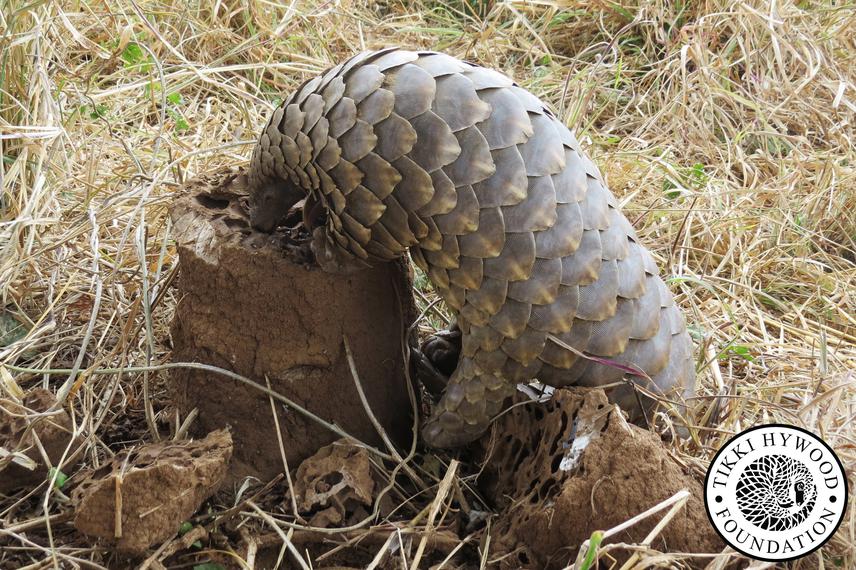Article featuring the project.
Jessica Harvey-Carroll
Other projects
20 Feb 2025
Enhancing Pangolin Conservation: Spatiotemporal Insights into Behaviour, Habitat and Ecosystem Capacity
Pangolins are the most trafficked mammal globally. This scaled mammal has been hunted unsustainably for generations for their taste and perceived value in traditional medicine. Due to the increasing scarcity of Asian pangolins, alongside the high demand for pangolin products, attention has turned to African pangolins. This has led to a drastic increase in global trafficking of pangolins and pangolin parts (Ingram et al., 2019). It is likely that international trade of pangolins will rapidly increase, following the global economic pressures from COVID-19. This immediate threat will likely result in an increased seizure of trafficked pangolins. The main method of conserving pangolins is retrieval from the illegal wildlife trade and release. There is no published information on the post-release survival or behaviour of these animals. Pangolin release, rehabilitation and behavioural ecology are amongst the least researched areas of pangolin conservation (Heighton & Gaubert, 2021). In the IUCN species action plan for pangolins, monitoring and behavioural ecology are listed as a priority research area (Challender et al., 2014).

Fara finds tasty termite chimney reduced. © Tikki Hywood Foundation.
This research will be amongst the first to study the long-term effects of trafficking on pangolin behaviour and survival. This project will study Temminck’s pangolin (Smutsia temminckii) following release from trafficking. This project will provide novel, critical information necessary for direct conservation efforts of S.temminickii throughout its native range. The aim of this research is to improvement pangolin survival by decreasing post-release mortality risks.
The first objective is to develop and implement a protocol for behavioural monitoring of released pangolins. This will provide information on health and reproductive success. Pangolins will be tagged with a non-invasive GPS tracker which will provide location and accelerometer data. Data will be used to provide critical information on behavioural ecology of the species, alongside indicators of fitness and early disease identification. A user-friendly interface for accelerometer outputs will be created to make behavioural information easily accessible. The information obtained will enable a refinement of release processes and a reduction in mortality rates. This will increase the population numbers of a rapidly declining population, following re-release. Information can be used to improve reproductive success.
Following behavioural analysis, a list of recommendations for pangolin release protocols which improve survival will be made. This will be done alongside key stakeholders in pangolin conservation in Asia and Africa. Additionally further conservation measures will be suggested following results.